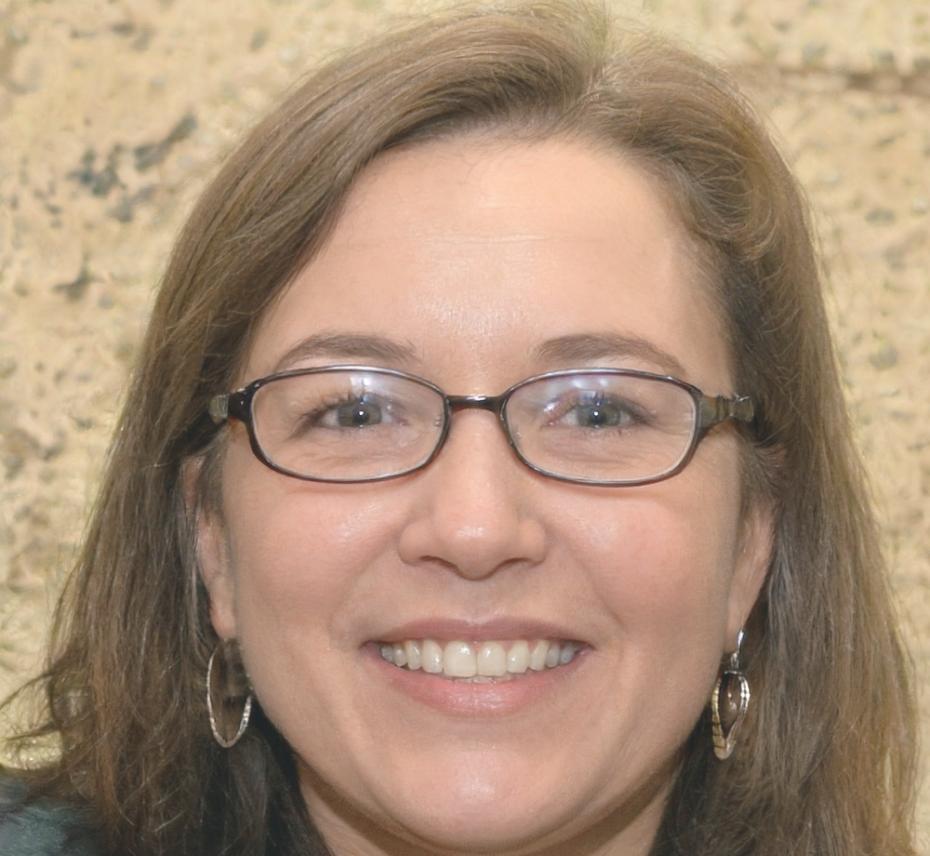Master Remote Financial Learning
Turn your home into a powerful learning environment where financial concepts come alive through practical, hands-on experience
Create Your Financial Command Center
Your workspace shapes how you think about money. I learned this during my first remote accounting course in 2019 – having a dedicated spot just for financial work makes everything click better.
Set up two monitors if possible. Keep one for course materials and use the other for real financial software or Excel practice. This mirrors what you'll actually do in professional environments.


Deep Focus Techniques That Actually Work
25-Minute Sessions
Financial concepts need concentrated attention. Break complex topics like cash flow analysis into focused 25-minute blocks with 5-minute breaks.
Phone-Free Zones
Keep your phone in another room. Financial calculations demand precision, and even silent notifications break your analytical thinking.
Practice Immediately
After learning a new concept, open a spreadsheet and work through three examples. Theory without practice disappears quickly in finance.
Question Everything
Write down questions as they arise. Financial reporting has many nuances that become clearer when you actively seek answers.
Essential Tools for Remote Success
After helping hundreds of students transition to remote financial learning, these tools consistently make the biggest difference in comprehension and retention.
- Reliable internet connection – financial software and video lectures demand consistent bandwidth
- Excel or Google Sheets mastery – 80% of financial analysis happens in spreadsheets
- Good lighting setup – eye strain kills productivity during long calculation sessions
- Backup power solution – losing work during financial modeling is incredibly frustrating
- Noise-canceling headphones – financial concepts require deep concentration

Penelope Brightwater
Remote Learning Specialist
Remote financial education works best when students treat it like a real job. Show up consistently, eliminate distractions, and practice with real numbers whenever possible.